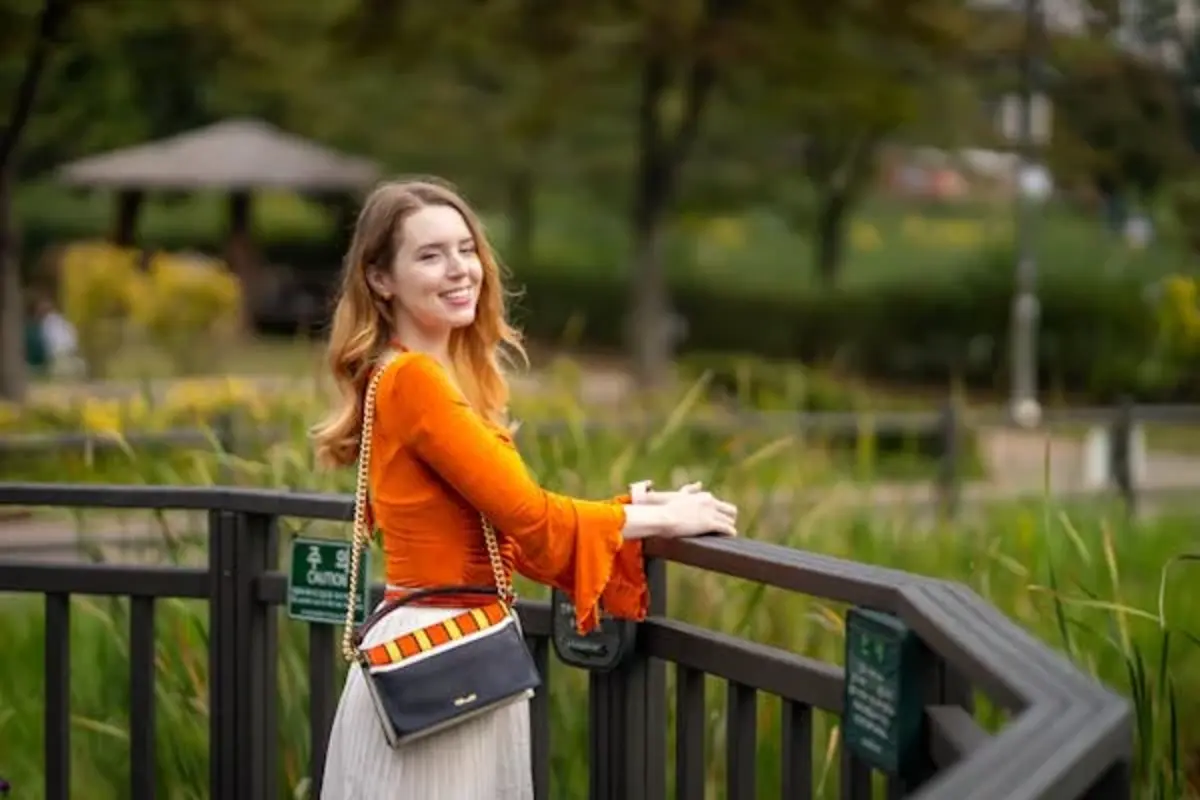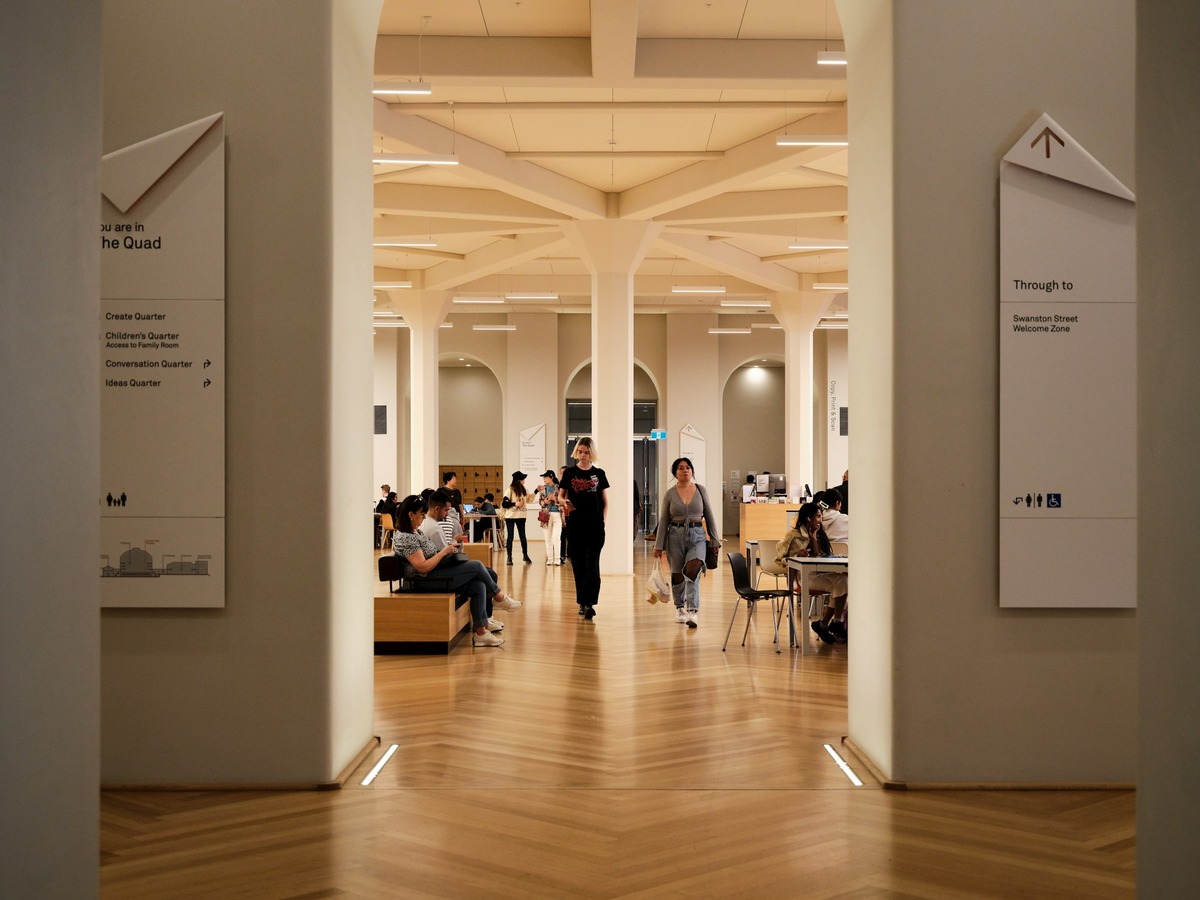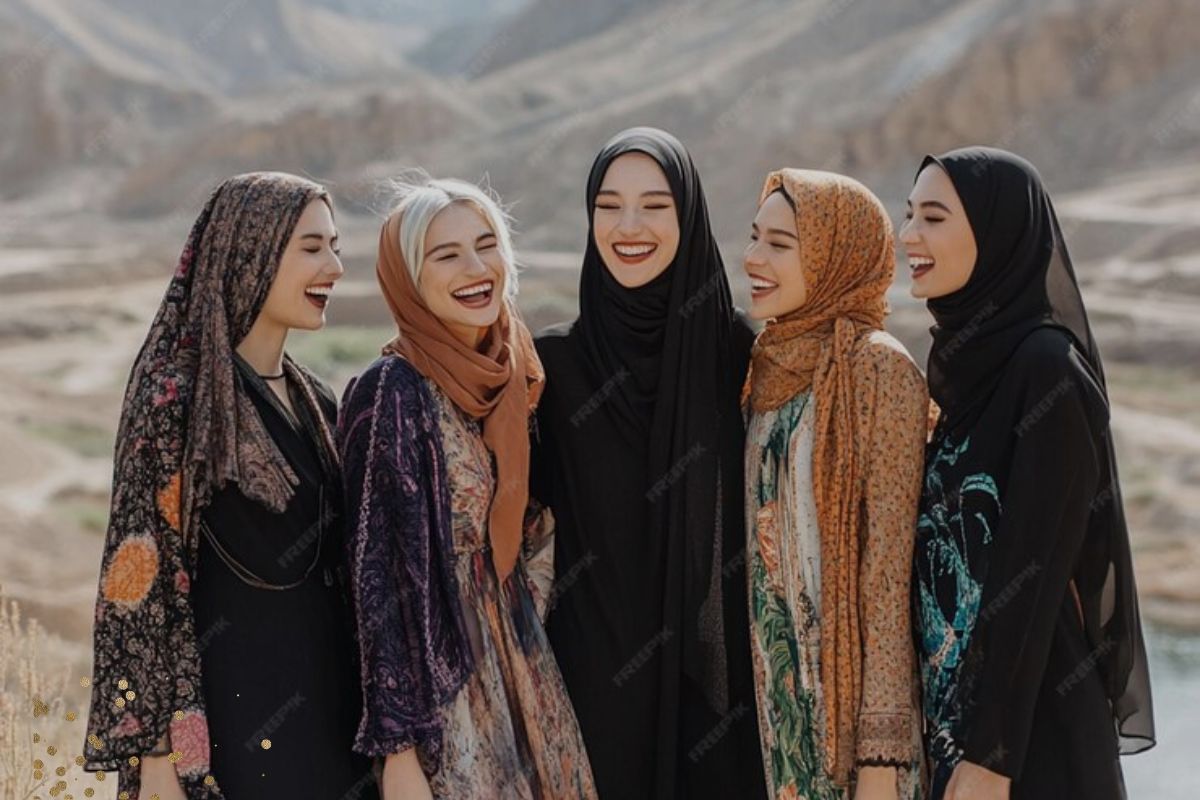Introduction: The Enduring Legacy of Junjufemale
In the ever-evolving world of fashion, some garments stand the test of time and elegantly blend tradition and modernity. One such garment is Junjufemale, a stunning embodiment of cultural heritage and contemporary style. From its ancient roots to its adaptation on today’s global catwalks, Junjufemale has captured the hearts and minds of fashion enthusiasts, cultural historians, and artisans. But what makes this garment so special and how has it changed over the centuries? This article delves into the fascinating history, cultural significance, and modern adaptations of Junju female, illustrating why it continues to influence both traditional and contemporary fashion.
The Origins of Junjufemale: A Historical and Cultural Icon
Where It All Began: The Birth of Junjufemale
The origins of Junjufemale can be traced back to ancient traditions, where it was first used during sacred ceremonies and cultural festivals. Junju women’s clothing was originally reserved for the elite, but was carefully crafted with intricate patterns and symbolic motifs. Each thread and pattern represented a deeper meaning related to prosperity, protection, and unity. Although the exact chronology of its creation remains unclear, it is believed that Junjufemale first appeared during a period of significant cultural development, when artisans and textile experts began to perfect their craft.
Pattern Symbolism: Meaning in Every Stitch
At the core of Junju female is its symbolism. Every aspect of the garment, from the choice of material to the patterns woven into the fabric, has deep cultural significance. The use of colors such as gold, purple, and black all have specific meanings: gold represents wealth and power, purple represents vitality, and black represents sustainability. The carefully chosen patterns, whether floral, geometric, or abstract, symbolize different elements of life, such as growth, harmony, and the life cycle. Thus, Junjufemale is more than just a garment: it is a living and vibrant embodiment of cultural values and beliefs.
Junjufemale in Contemporary Fashion: From Tradition to Global Trend
The Evolution of Junjufemale in Contemporary Fashion
Despite its tradition, Junju female has become a highly sought-after fashion item in the modern era. Designers around the world have embraced the timeless beauty of this garment and reinvented it for contemporary fashion. Today, Junju women-inspired collections can be seen on the runway, in street style, and at cultural festivals, blending the old with the new. The adaptability of this garment is key to its popularity: it can be worn in both formal and informal settings, making it a versatile piece for any wardrobe.
Celebrity Designers Including Junjufemale
From couture to casual wear, many influential fashion designers have been inspired by the traditional Junju feminine tradition. Renowned designers like [Designer Name] and [Designer Name] have taken the aesthetic of the garment and incorporated elements of it into their collections. These innovative designs often combine Junju female’s iconic patterns and textures with modern tailoring, creating hybrid styles that resonate with both younger and older generations.
Street Style and Junjufemale: Tradition on the Streets
Apart from the runway, Junju female has made its mark on street fashion. The bold designs and bold colors of these garments make them a standout addition to your everyday look. Influencers and fashion enthusiasts around the world have adopted Junju female for everyday wear, pairing them with jeans, jackets, and sneakers, creating a fusion of cultural heritage and contemporary street style.
Junjufemale Craftsmanship: Tradition Preserved by Artisans
The Art of Making Junjufemale
The beauty and authenticity of Junjufemale lies in the craftsmanship behind it. Skilled artisans spend countless hours weaving the fabric by hand, using techniques passed down through generations. The process involves not only intricate weaving, but also dyeing and embellishing the fabric to achieve the final design. These artisans are the guardians of an ancient tradition, preserving techniques honed over centuries.
Sustainability in Junjufemale Production
At a time when sustainability is at the forefront of fashion, Junju female stands as an exemplary example of eco-friendly design. Many of the materials used in Junju women’s clothing are natural, and traditional techniques often do not use synthetic dyes or fabrics. By supporting artisans who use eco-friendly methods, consumers are doing their part to preserve the environment while preserving a piece of living history.
The Cultural Significance of Junjufemale: A Garment Worn Around the World
The Junju Woman in All Cultures: A Global Icon
While Junjufemale originated in a specific culture, its influence has extended far beyond its geographical roots. Over time, different cultures have adopted the garment, incorporating their own interpretations and regional variations. In some places, it is worn during formal occasions such as weddings and cultural ceremonies, while in others, it is integrated into everyday wear. This global acceptance speaks to the universal appeal of Junjufemale, a garment that transcends borders while honoring its heritage.
Holidays, Festivals, and Junjufemale
One of the most popular contexts for wearing Junjufemale is cultural festivals and celebrations. Whether it’s a grand gala, a traditional ceremony, or a festive parade, Junjufemale remains a symbol of pride and cultural identity. The garment’s vibrant colors and intricate patterns are perfect for marking special occasions, creating a striking visual that captivates onlookers and honors cultural traditions.
Incorporate Junjufemale into Your Wardrobe: Style Tips and Tricks
Modern Ways to Wear Junjufemale
For fashion enthusiasts looking to incorporate Junjufemale into their everyday wardrobe, there are plenty of ways to style this timeless piece. Here are some tips to help you combine tradition and modern fashion:
Mix and match: Pair traditional Junju feminine pieces with modern wardrobe staples like jeans, leather jackets, or simple skirts. This creates an effortless fusion of cultures.
Accessories and details: If you want to add a touch of Junjufemale without committing to a full outfit, consider accessories like scarves, bags, or jewelry inspired by traditional motifs.
Layering: Pairing Junju feminine pieces with modern tailoring (like a traditional blouse under a blazer or a structured jacket) creates a sophisticated look that pays homage to the past while incorporating a modern aesthetic.
The Timeless Appeal of Junjufemale
What makes Junjufemale truly timeless is its versatility. Whether you wear it in its full traditional form or incorporate it into a modern wardrobe, this garment reflects a broader sense of style that combines tradition, culture, and innovation in a way that appeals to people from all walks of life.
The Future of Junjufemale: Dressing for the Next Generation
Adapt to the Future: Junjufemale in Today’s Fashion Trends
As fashion continues to evolve, the future of Junjufemale looks bright. With the rise of sustainable fashion and a growing interest in cultural heritage, the demand for clothing that tells a story and honors tradition will only increase. Designers are already experimenting with new fabrics, cuts, and designs, without losing their commitment to the feminine spirit of Junju. It’s clear that this iconic garment will continue to play a major role in global fashion.
Conclusion: Celebrating the Heritage of Junjufemale
Junjufemale is more than just a garment: it is a symbol of heritage, craftsmanship, and cultural pride. Its ability to evolve with modern trends while maintaining its deep cultural roots speaks to the garment’s enduring appeal. By wearing and supporting Junjufemale, you are not only embracing a timeless fashion statement, but also helping to preserve a rich tradition for generations to come.











